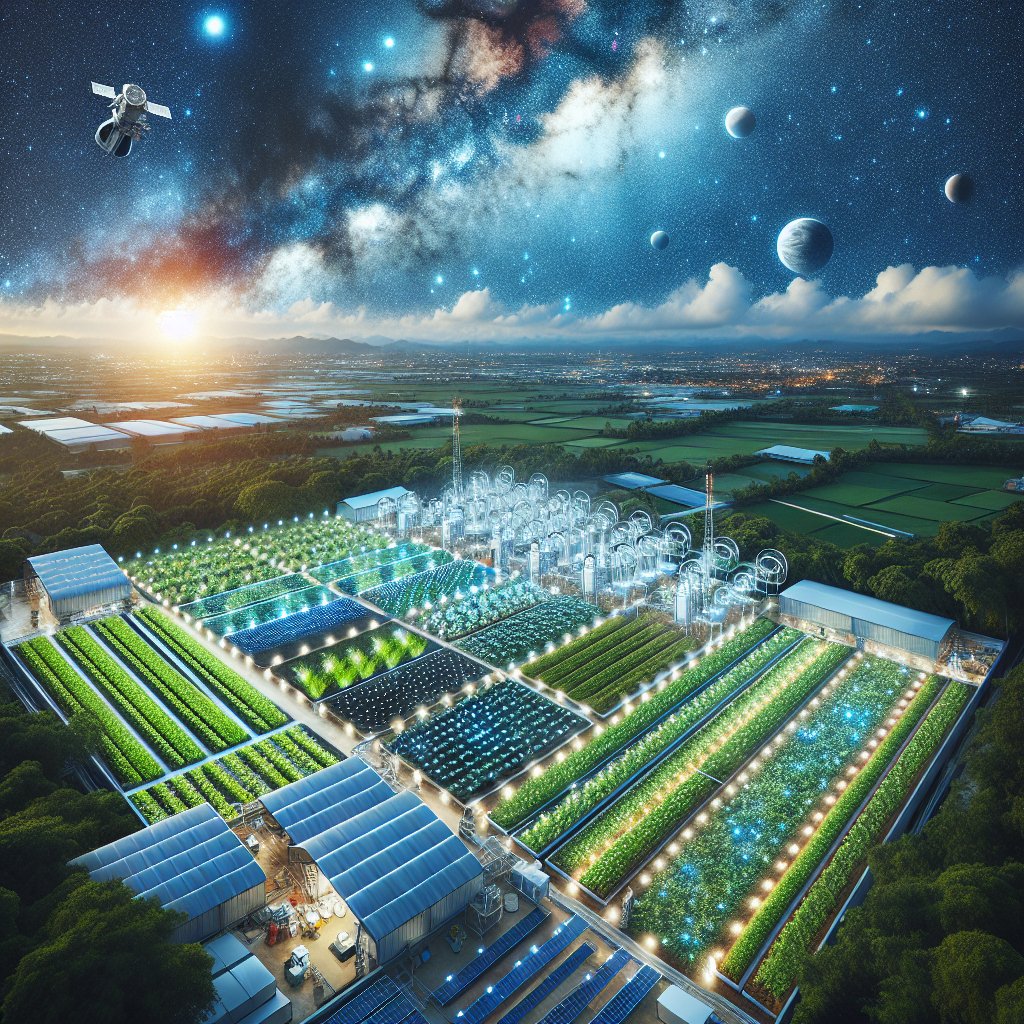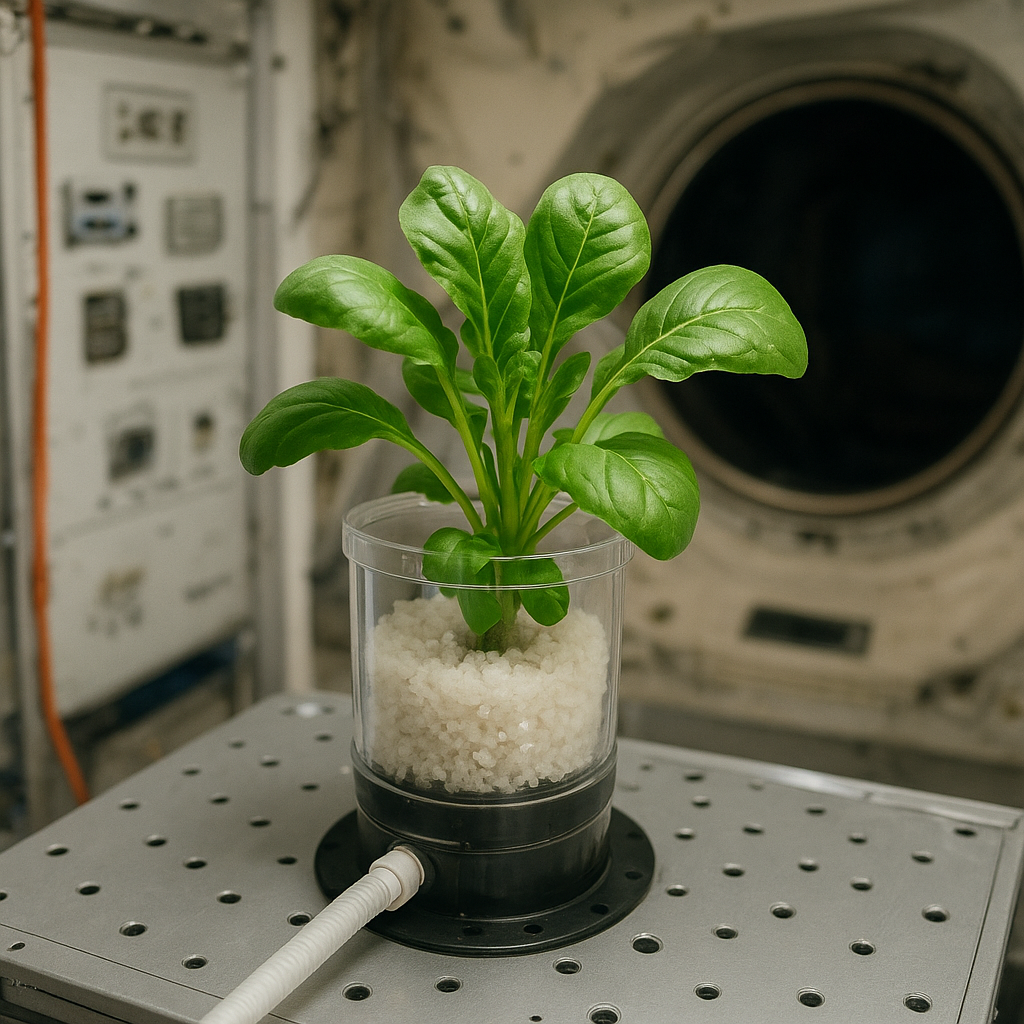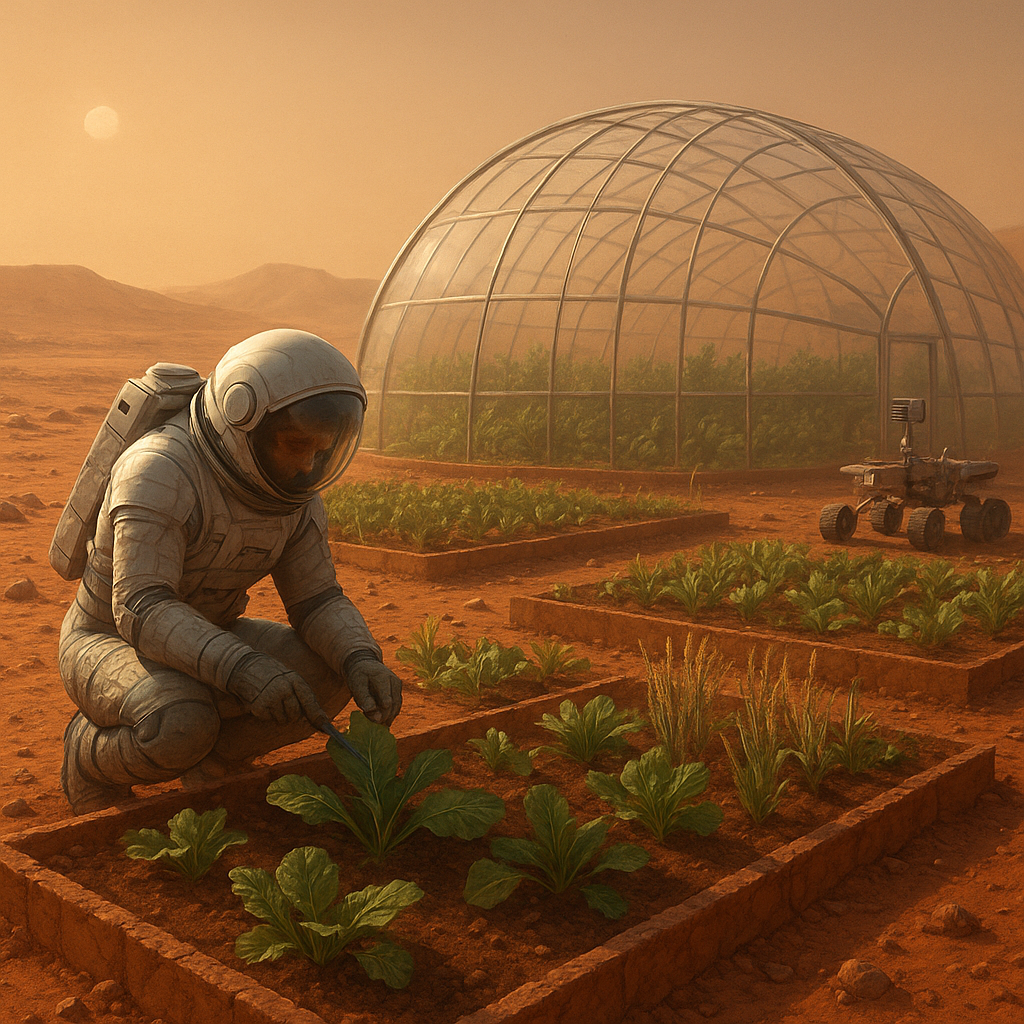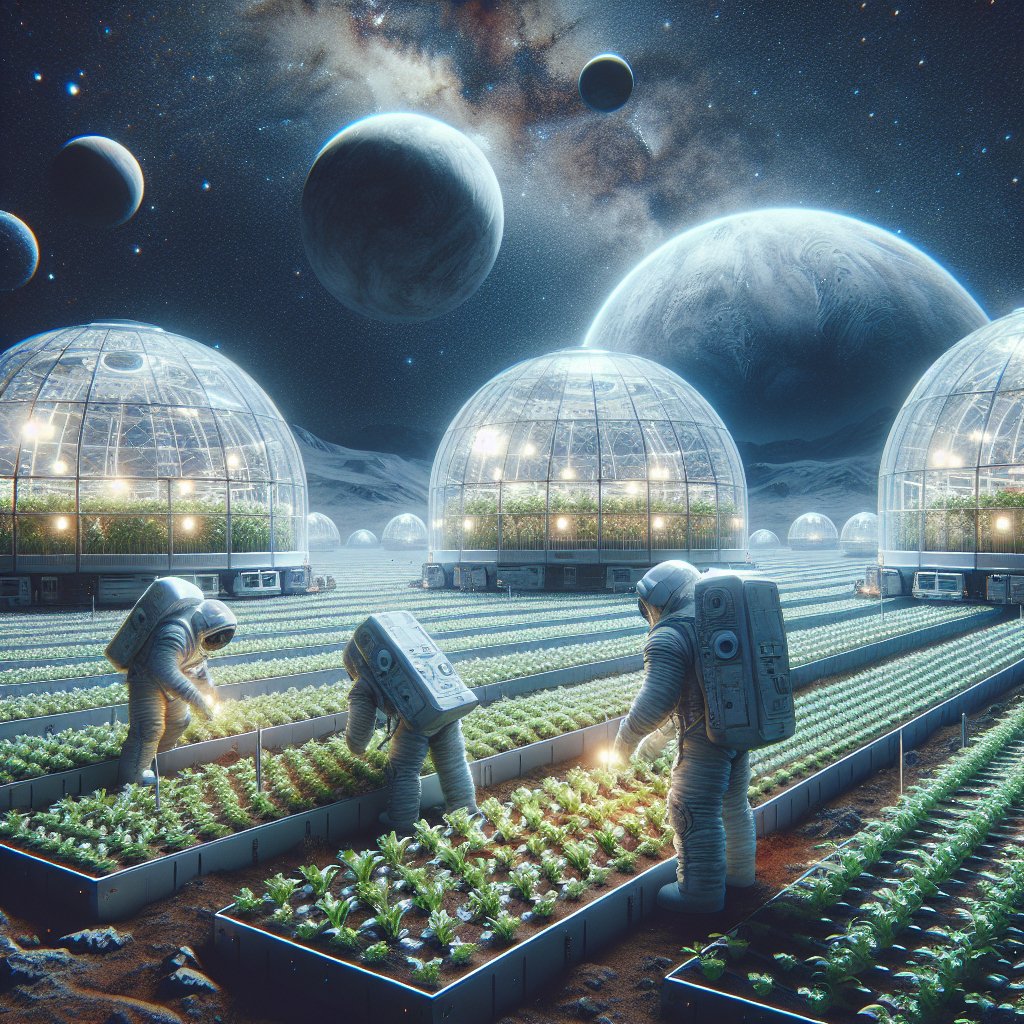The intersection of sustainable farming practices and space research presents a unique opportunity to enhance agricultural productivity while minimizing environmental impact. As the global population continues to rise, the demand for food increases, necessitating innovative solutions to ensure food security. Space research offers valuable insights and technologies that can be harnessed to improve farming methods, optimize resource use, and promote sustainability. This article explores the various ways in which space research can benefit sustainable farming practices, focusing on satellite technology, precision agriculture, and climate monitoring.
Satellite Technology: A New Frontier in Agriculture
Satellite technology has revolutionized various sectors, and agriculture is no exception. The ability to monitor vast areas of land from space provides farmers with critical data that can inform their practices and decision-making processes. Satellite imagery can be used to assess crop health, monitor soil moisture levels, and track weather patterns, all of which are essential for sustainable farming.
Crop Monitoring and Health Assessment
One of the most significant advantages of satellite technology in agriculture is the ability to monitor crop health on a large scale. High-resolution satellite images can detect variations in plant health, allowing farmers to identify areas that require attention. This early detection of issues such as pest infestations or nutrient deficiencies enables farmers to take targeted action, reducing the need for chemical inputs and minimizing environmental impact.
- Remote Sensing: Remote sensing technology allows for the collection of data on crop conditions without the need for physical presence in the field. This not only saves time but also reduces the carbon footprint associated with traditional monitoring methods.
- Precision Agriculture: By integrating satellite data with precision agriculture techniques, farmers can apply fertilizers and pesticides more efficiently, ensuring that resources are used only where needed. This targeted approach leads to reduced chemical runoff and improved soil health.
Soil Moisture Monitoring
Soil moisture is a critical factor in determining crop yield. Satellite technology can provide real-time data on soil moisture levels, enabling farmers to make informed irrigation decisions. This is particularly important in regions prone to drought, where water conservation is essential for sustainable farming.
- Water Management: By utilizing satellite data, farmers can optimize their irrigation schedules, ensuring that crops receive the right amount of water at the right time. This not only conserves water but also enhances crop resilience to climate variability.
- Reducing Over-Irrigation: Over-irrigation can lead to soil degradation and water wastage. Satellite monitoring helps farmers avoid this pitfall by providing accurate information on soil moisture levels.
Climate Monitoring and Adaptation
Climate change poses significant challenges to agriculture, with shifting weather patterns affecting crop yields and food security. Space research plays a crucial role in climate monitoring, providing data that can help farmers adapt to changing conditions and implement sustainable practices.
Weather Forecasting and Climate Data
Accurate weather forecasting is essential for farmers to plan their activities effectively. Satellite data provides valuable insights into weather patterns, enabling farmers to anticipate changes and adjust their practices accordingly. This proactive approach can mitigate the risks associated with extreme weather events, such as floods or droughts.
- Long-Term Climate Trends: By analyzing satellite data over extended periods, researchers can identify long-term climate trends that may impact agriculture. This information is vital for developing strategies to adapt to changing conditions.
- Disaster Preparedness: Satellite technology can also aid in disaster preparedness by providing early warnings for extreme weather events. Farmers can take necessary precautions to protect their crops and livestock, reducing potential losses.
Carbon Footprint Reduction
As the agricultural sector seeks to reduce its carbon footprint, space research can provide insights into sustainable practices that promote carbon sequestration. Satellite data can help identify areas suitable for reforestation or cover cropping, which can enhance soil health and capture carbon from the atmosphere.
- Land Use Optimization: By analyzing land use patterns from space, farmers can make informed decisions about crop rotation and diversification, which are essential for maintaining soil health and reducing greenhouse gas emissions.
- Monitoring Carbon Sequestration: Satellite technology can also be used to monitor the effectiveness of carbon sequestration efforts, providing data that can inform future practices and policies.
Innovative Technologies and Future Prospects
The integration of space research with sustainable farming practices is still in its infancy, but the potential for innovation is vast. Emerging technologies, such as drones and artificial intelligence, are set to further enhance the capabilities of farmers in utilizing space data for sustainable agriculture.
Drones and Aerial Imagery
Drones equipped with advanced sensors can complement satellite technology by providing high-resolution aerial imagery of fields. This technology allows for more detailed monitoring of crop health and soil conditions, enabling farmers to make precise interventions.
- Real-Time Data Collection: Drones can collect data in real-time, providing farmers with immediate insights into their fields. This rapid feedback loop allows for timely decision-making and intervention.
- Cost-Effective Solutions: For smallholder farmers, drones offer a cost-effective solution for monitoring crops without the need for extensive ground surveys.
Artificial Intelligence and Data Analysis
The integration of artificial intelligence (AI) with satellite and drone data can revolutionize the way farmers analyze and interpret information. AI algorithms can process vast amounts of data to identify patterns and make predictions, enabling farmers to optimize their practices further.
- Predictive Analytics: AI can help farmers predict crop yields based on historical data and current conditions, allowing for better planning and resource allocation.
- Customized Recommendations: By analyzing data from multiple sources, AI can provide tailored recommendations for individual farms, enhancing the effectiveness of sustainable practices.
Conclusion: A Sustainable Future Through Collaboration
The collaboration between space research and sustainable farming practices holds immense potential for addressing the challenges of food security and environmental sustainability. By leveraging satellite technology, climate monitoring, and innovative solutions, farmers can enhance their productivity while minimizing their ecological footprint. As we move forward, continued investment in space research and its applications in agriculture will be crucial for building a resilient and sustainable food system for future generations.
In conclusion, the integration of space research into sustainable farming practices is not just a possibility; it is a necessity. As the world grapples with the dual challenges of feeding a growing population and combating climate change, the insights and technologies derived from space research will play a pivotal role in shaping the future of agriculture. By embracing these advancements, farmers can cultivate a more sustainable and productive agricultural landscape, ensuring food security for all.




